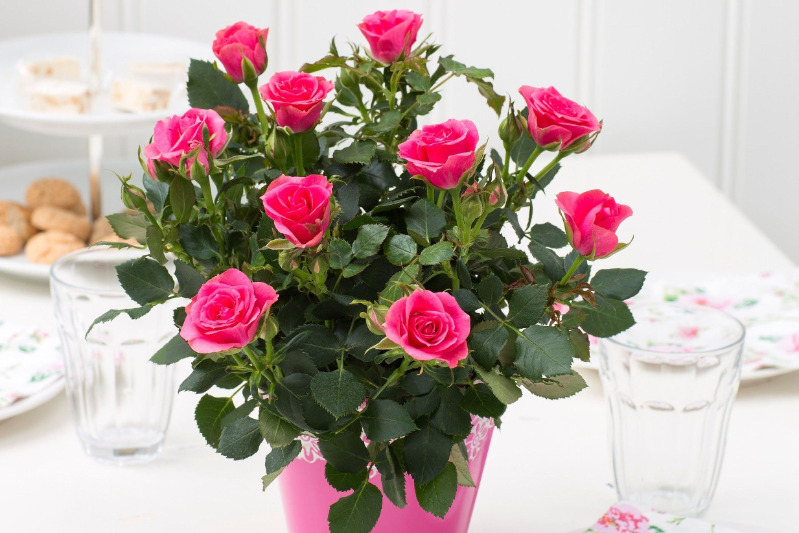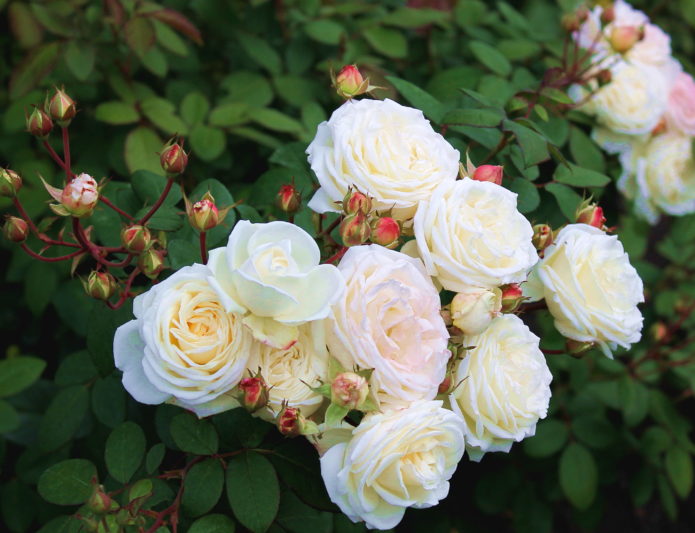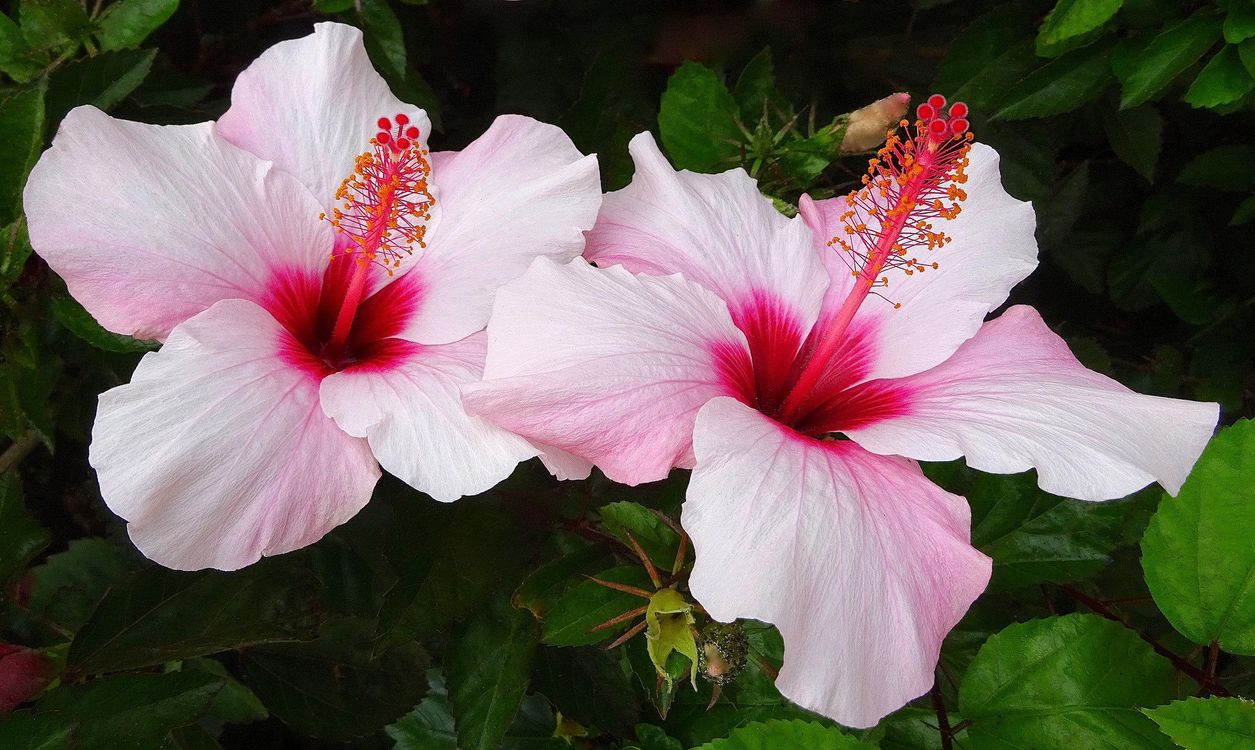Rose is a fragile ornamental plant that needs regular and high-quality care. Otherwise, the flower is attacked by pests and fungal diseases.

Prevention is the main defense
Proper care and attention will strengthen the immunity of the flower and make it possible to cope with diseases on their own. Here are some preventive measures:
- Temperature. This capricious houseplant can withstand an increase in temperature up to 30 degrees, provided that it will be sprayed and moisturized every day.
- Watering. During active growth and flowering (spring, summer), the rose needs regular, abundant moisture. It needs to be watered once a week, using soft and settled water. It is necessary to moisten the soil only under the condition that its upper layer has dried out to a depth of 2-3 cm.
- Air humidity. For a room rose, these figures should be in the region of 60-70%. Dry air is the main cause of diseases and pests. In order to increase the humidity, you can place containers with water near the culture. A short warm shower, which can be carried out once a week, also has a positive effect.
- Top dressing. During the formation of buds and during the flowering period, the plant must be watered with liquid complex fertilizers specially designed for indoor roses (Agricola, potassium sulfate). The frequency and dosage can be found in the instructions on the package.
- To prevent the development of fungal diseases, you can spray the rose with fungicides: Fitosporin-M, Sporbaketrin. It is enough to do this once a month.
Treatment of fungal diseases
It is easy to identify a fungus on a plant by the following symptoms:
- the stem has darkened;
- spots of brown or brown color appeared;
- the rose drops the leaves.
At the initial stage of development, you can use proven folk remedies:
- Potassium permanganate. Dilute 3 g of the preparation in 10 liters of water, stir and spray the plant. If necessary, repeat the manipulation in 2-3 days.
- Soda solution. Dissolve 1 tablespoon of baking soda, ½ teaspoon of laundry soap in 4 liters of water. Water thoroughly with the solution and spray the flower. Re-processing should be carried out after 7 days.
In case of severe damage, one cannot do without treatment with fungicides (Topaz, Fitosporin-m), as well as biofungicides (based on bacteria, there are no chemical components). Spraying should be done before and after flowering with an interval of 10-15 days.
If the disease occurs during the cold season or as a result of an artificial decrease in temperature, then the rose should be placed in a room in which the temperature regime is 14-16 degrees. At the same time, reduce the frequency of watering.
If the fungal disease is the result of waterlogging of the soil, then it is necessary to remove the flower from the container, cut off the affected roots and transplant the rose into a new, pre-treated substrate.
Getting rid of pests
To get started, you can rinse the plant under running water or using a soapy solution. Repeat similar actions after 7-10 days. This procedure is enough to combat many pests, but not for spider mites.
This insect multiplies rapidly, and its larvae can exist for a long time outside the ornamental culture. To get rid of the insect, it is important to process not only the rose, but also the soil, pot and plants standing nearby.
At the initial stage of the lesion, insecticides or green soap can cope (1-2 treatments are enough). In severe cases, treatment must be carried out every week for 2 months.
The following folk remedies are no less effective:
- Garlic. Combine 10 liters of water, 300 g of chopped garlic. Insist 1 day, filter and spray the bushes. Repeat the steps in a week as necessary.
- Soap-alcohol solution. Dissolve 30 g of soap in 1 liter of boiling water, add 20 ml of alcohol. The solution needs to be treated with the plant, as well as the top layer of the earth.
- A decoction from the roots of cyclamen. Pour 50 g of roots with 500 ml of water, boil them and cool. Wipe the leaves and stem with the solution. After 5 days, the manipulation must be repeated.


